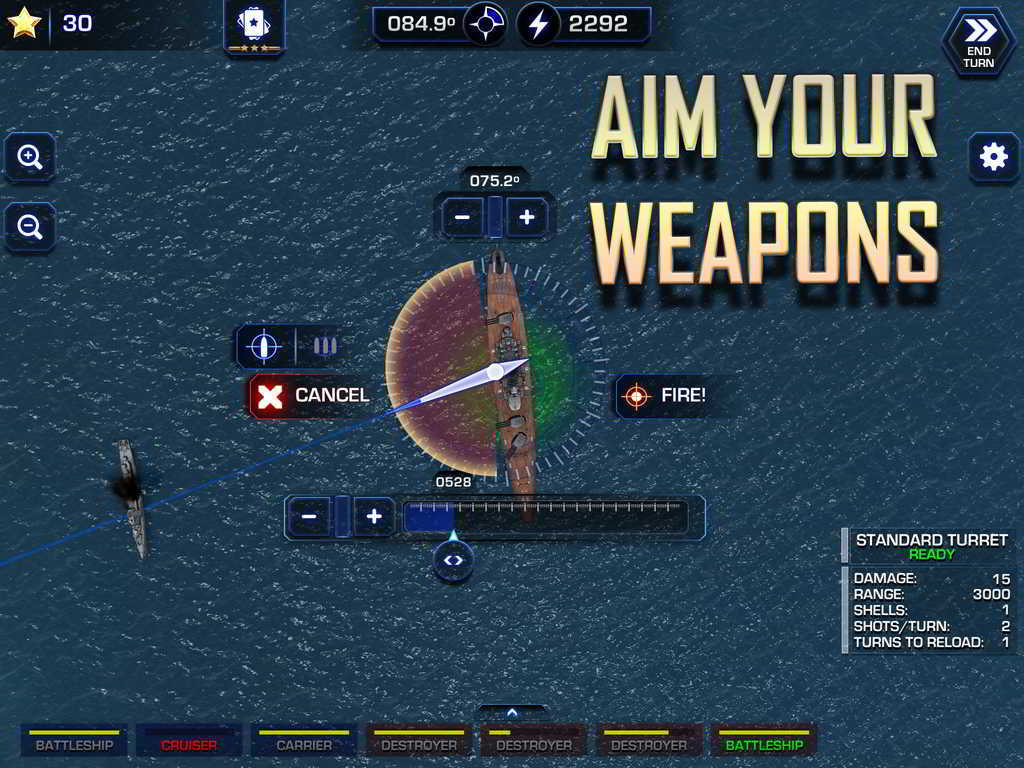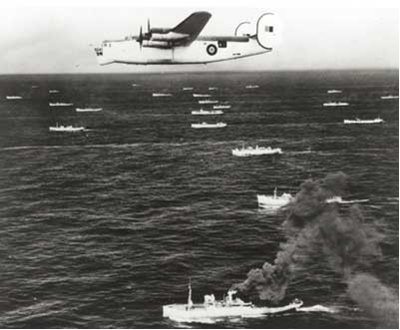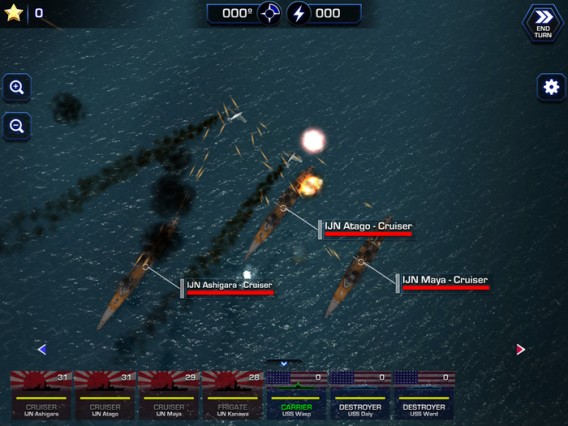

The Allies suffered heavy losses as well - over 600 aircraft were destroyed, 25 warships sunk and about 7,500 men killed in action. After losing about 30,000 men, over 600 aircraft, and 24 warships, the Japanese decided to evacuate some 10,000 men who survived until February 9, 1943. The Allies succeeded to capture the island but they needed more than six months to break the Japanese resistance. troops) launched an attack on the island of Guadalcanal with an aim to make an end to the Japanese threat to supply and communication lines between the United States and Australia. On August 7, 1942, the Allied forces (consisting mainly of U.S.
Battle fleet 2 world war 2 in the pacific series#
Battle of Guadalcanal Battle of GuadalcanalĪlso referred to as the Guadalcanal Campaign, the Battle of Guadalcanal was actually a series of battles fought both on land and sea for the largest of the Solomon Islands. After the Battle of Midway, the immediate threat to the United States virtually came to an end. The Imperial forces lost all four carriers that participated in the battle and about 250 aircraft. forces inflicted a serious blow to the Japanese naval and air power. They clashed with the Japanese on June 4 and after three days of fighting, forced the enemy to give up the attempt to invade Midway.
Battle fleet 2 world war 2 in the pacific code#
But the Americans broke the Japanese naval code and knew exactly what the Imperial Combined Fleet was planning. On June 3, 1942, the Japanese launched an attack on the Aleutian Islands with an aim to divert the attention away from their true target – the Midway Atoll. and Japanese forces in the Pacific, it had a major influence on the future course of the conflict. Battle of Midway Battle of MidwayĪlthough the Battle of Midway was one of the first major encounters between the U.S. The strategic victory in the Battle of the Coral Sea thus went to the combined U.S. carriers in the area, canceled Operation MO the goal of which was to capture Port Moresby (New Guinea) and Tulagi (the Solomon Islands). But the Japanese, worried that there might be more U.S. and Australian fleet were forced to withdraw. The Japanese aircraft was more successful in locating enemy carriers and on May 8, the combined U.S. However, the battle was fought exclusively by aircraft – none of the ships involved in the battle shot at the enemy ship. Battle of the Coral Sea Battle of the Coral Seaįought from May 4 to 8, 1942, the Battle of the Coral Sea was the first combat between the Japanese and American aircraft carriers in World War II. The Battle of the Java Sea thus only postponed the Japanese invasion of Java for one day. But by the end of the day, the Japanese humiliated the ABDA forces, sinking 3 destroyers and 2 cruisers, and killing 2,300 men including the ABDA commander Karel Doorman without losing a single ship. On that day, the ABDA forces intercepted the invading Japanese in the Java Sea with an aim to halt their advance in the Dutch East Indies (today’s Indonesia).

The Battle of the Java Sea was fought between the American-British-Dutch-Australian (ABDA) and Japanese navies on February 27, 1942.

Battle of the Java Sea Battle of the Java Sea Over 60,000 troops including their commander became prisoners of war. After just 7 days of fighting, the Commonwealth forces surrendered. The Japanese, however, choose to move through the very same jungle and mangrove swamp that is supposed to be impenetrable. Arthur Percival, the commander of the Commonwealth forces expected the attack but he left Singapore’s landward side virtually undefended, convinced that the thick jungle and mangrove swamp on the Malay Peninsula were impassable and that the attack will come from the sea. On February 8, 1942, the Japanese launched an attack on British-held Singapore that was defended by some 90,000 Commonwealth troops stationed on the island. Here is a list of the 10 greatest battles of the Pacific War: Battle of Singapore Pinar del Rio in Cuba Until the formal surrender of Japan on September 2, 1945, which ended both the Pacific conflict and World War II, a number of battles were fought both on sea and land. The beginning of the Pacific War is traditionally dated to December 8, 1941, when the Japanese launched an attack on Thailand, Malaya, Hong Kong, and Pearl Harbor (in Japan, it was already December 8 when the U.S. The Pacific War, also referred to as the Asia-Pacific War was fought during World War II between the Empire of Japan, Thailand, and Japanese puppet states on the one side and the United States, Britain, Australia, and other Allied states on the other.


 0 kommentar(er)
0 kommentar(er)
